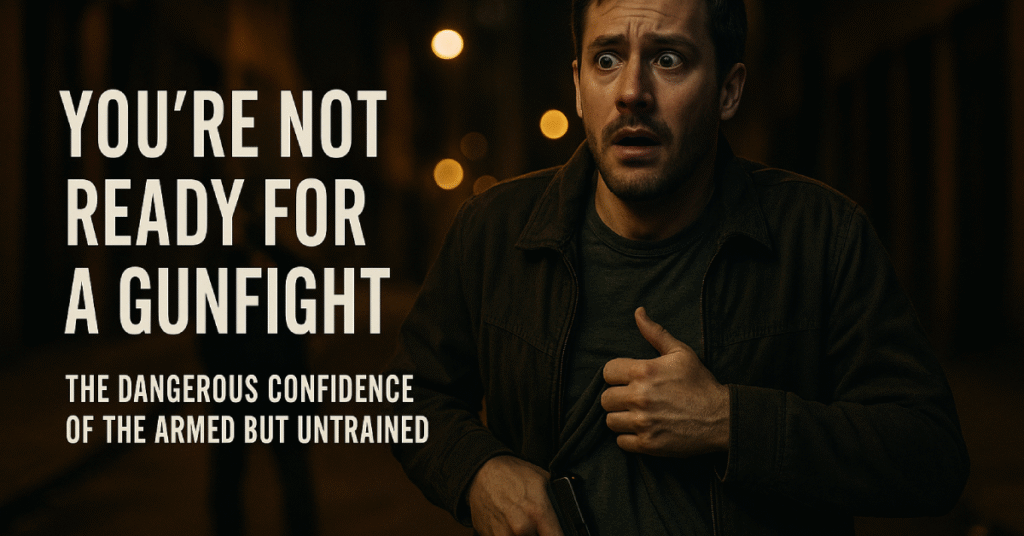Many concealed carriers feel ready to defend themselves, but confidence without training can be deadly. This article breaks down why skill, not just possession, determines survival. Investing in concealed carry training is crucial for effective defense. Regular practice of concealed carry training sharpens your instincts and enhances your response under pressure.
Carrying a firearm offers a profound sense of security. For many Americans, it’s not just a right but a responsibility. But that holstered pistol doesn’t make you invincible. It doesn’t even make you prepared. In truth, there’s a dangerous illusion sweeping across the concealed carry community: the belief that owning and carrying a firearm is enough.
Incorporating concealed carry training into your routine is essential. The knowledge gained from concealed carry training empowers you to make informed decisions in critical situations.
Let’s be brutally honest: if you carry but don’t train, you’re not ready for what’s coming.
The Myth of Instant Readiness
Understanding the importance of concealed carry training helps bridge the gap between ownership and readiness. Without concealed carry training, many may feel unprepared when facing real threats.
Engaging in concealed carry training can enhance your situational awareness, making you more alert to your surroundings.
Regularly scheduled concealed carry training sessions can help reinforce muscle memory and improve reaction time in stressful situations.
Far too often, new concealed carriers equate purchasing a firearm with being “ready for anything.” But owning a tool doesn’t make someone a craftsman. Firearms require skill, judgment, and composure, especially under pressure. A real-life self-defense situation doesn’t play out like a controlled shooting range. There’s no warning, no countdown, and certainly no do-over.
Training is not optional. It’s survival.
The skills obtained from concealed carry training are critical for effective self-defense.
Emphasizing the importance of concealed carry training can save lives.
Stress Will Wreck You, Unless You’ve Trained for It
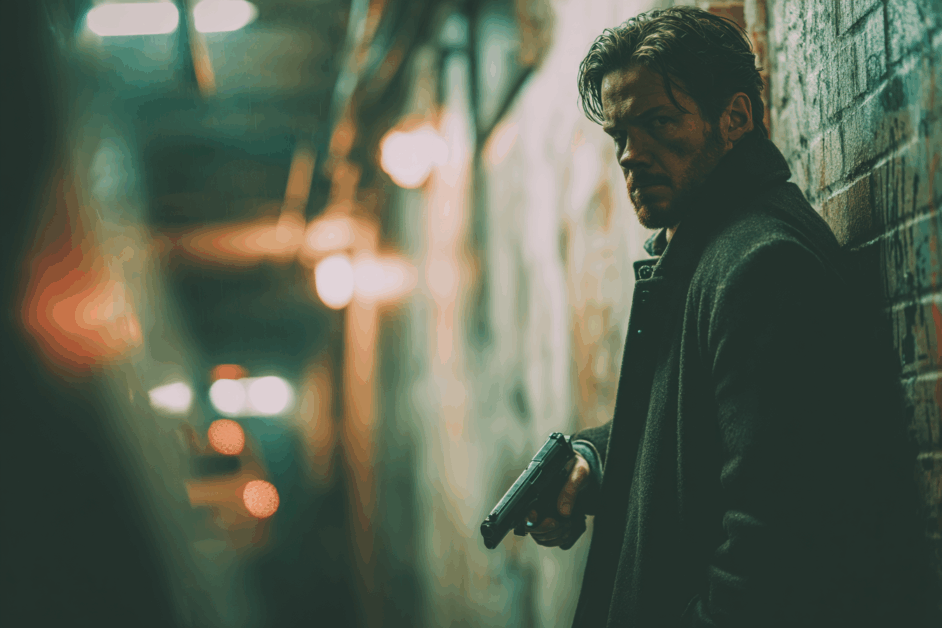
In a life-or-death encounter, your body doesn’t behave normally. You’ll likely experience:
- Tunnel vision
- Auditory exclusion
- Loss of fine motor control
- Adrenaline surges that distort time and space
If you’ve never practiced drawing from concealment under pressure, or never fired while moving, your brain may freeze. The firearm on your hip may become dead weight if your hands can’t execute what your mind is screaming.
The reality is that without concealed carry training, many individuals are not adequately prepared for high-pressure scenarios.
Confidence is useful, but only when it’s earned through repetition.
Why Most Gunfights Are Over Before You Can React
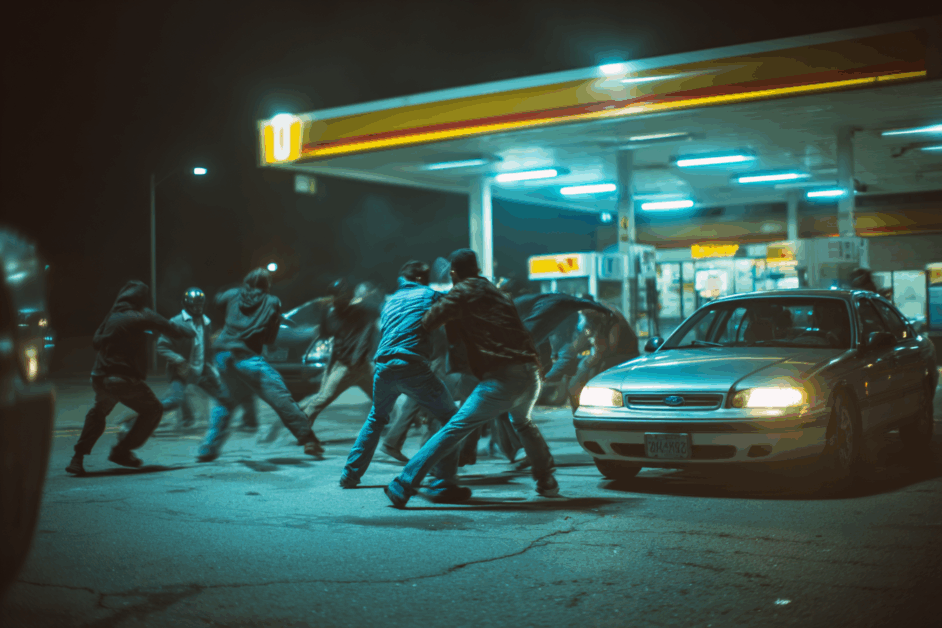
Statistically, most defensive shootings are close range (under 7 yards), occur in low light, and last less than 10 seconds. You’ll likely have a split second to act. If you fumble your draw, hesitate, or fail to identify your target properly, that moment vanishes, and so might your chance to survive.
It’s not enough to just “have it on you.” You need to:
- Train to draw under your everyday clothing
- Practice identifying threats quickly and clearly
- Shoot accurately under physical and mental stress
If you haven’t practiced these things this month, you’re slipping behind.
The Fantasy vs. The Fight
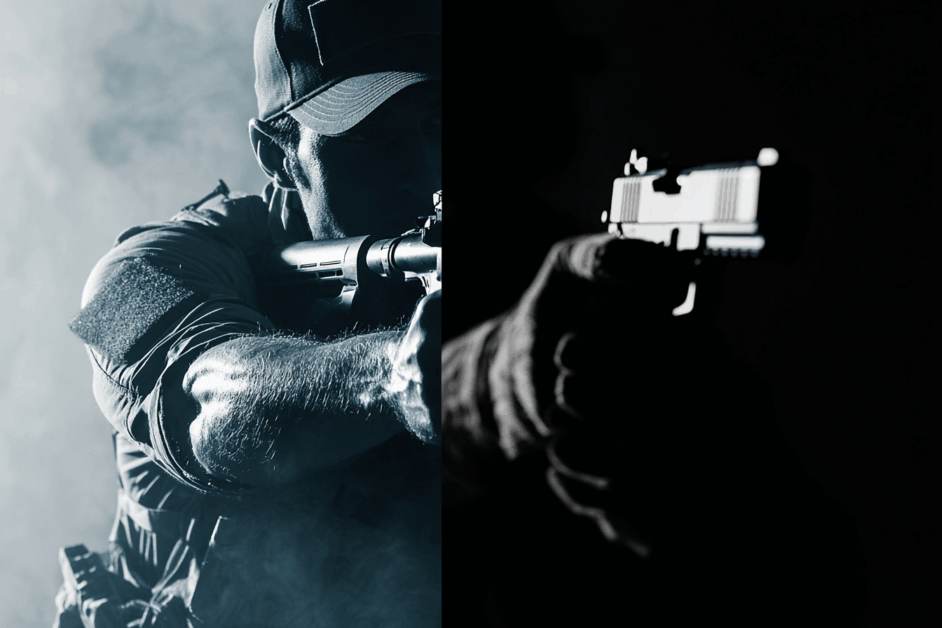
Those who invest time in concealed carry training are taking proactive steps towards safety and competence.
Hollywood and social media have created a fantasy around gun ownership. We see YouTubers hitting steel targets from 100 yards and assume that our once-a-year range trip is “good enough.”
Let’s get real:
- No one rises to the occasion. They fall to their level of training.
- If you’ve never practiced in low light, you’re not prepared for a night encounter.
- If you’ve never used your holster in a draw-and-fire scenario, you’re gambling with your life.
The fantasy of self-defense is clean and heroic. The reality is chaotic, ugly, and fast.
Training Gaps That Can Get You Killed
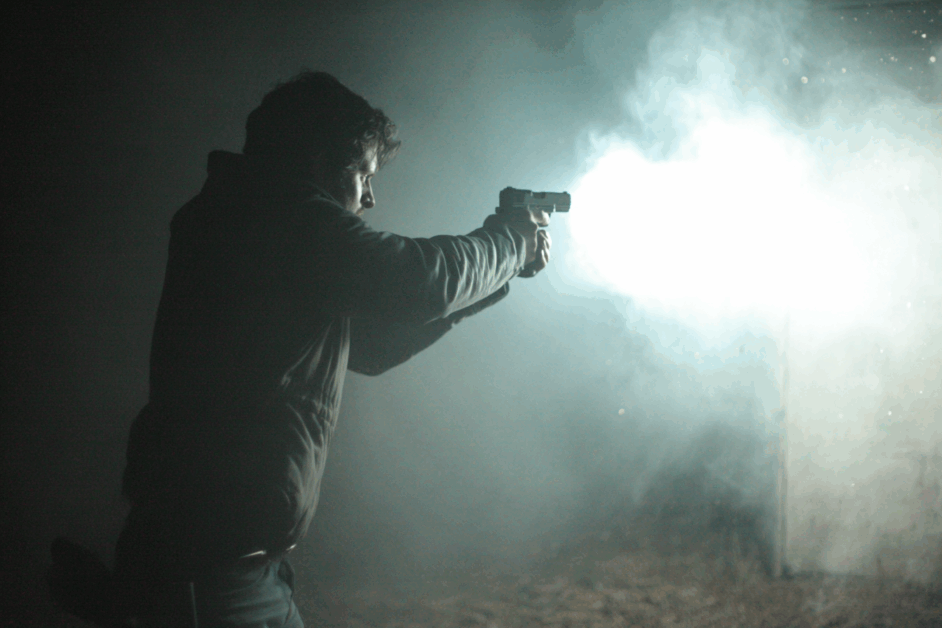
Even if you’ve taken a basic concealed carry course, you may be missing critical skills. These include:
1. Drawing from Concealment Under Pressure
Drawing on a flat range when you know it’s coming is one thing. Drawing from concealment when a threat surprises you at close range is entirely different. If you’ve never practiced this repeatedly, you’ll likely fail when it matters.
2. Shooting While Moving
You won’t be standing still in a gunfight. Learning to move laterally, find cover, and engage without planting your feet is a life-saving skill.
3. Threat Identification
Can you identify the actual threat quickly, without misjudging an innocent person? Split-second decisions come with legal and moral consequences.
4. Malfunction Drills
If your firearm jams and you freeze, that moment could cost your life. Practicing how to clear failures under stress is critical.
5. Low Light Shooting
Most violent encounters happen in poor lighting. Have you trained with a flashlight, weapon light, or in darkened conditions? If not, your situational awareness is compromised.
False Confidence: The Silent Killer
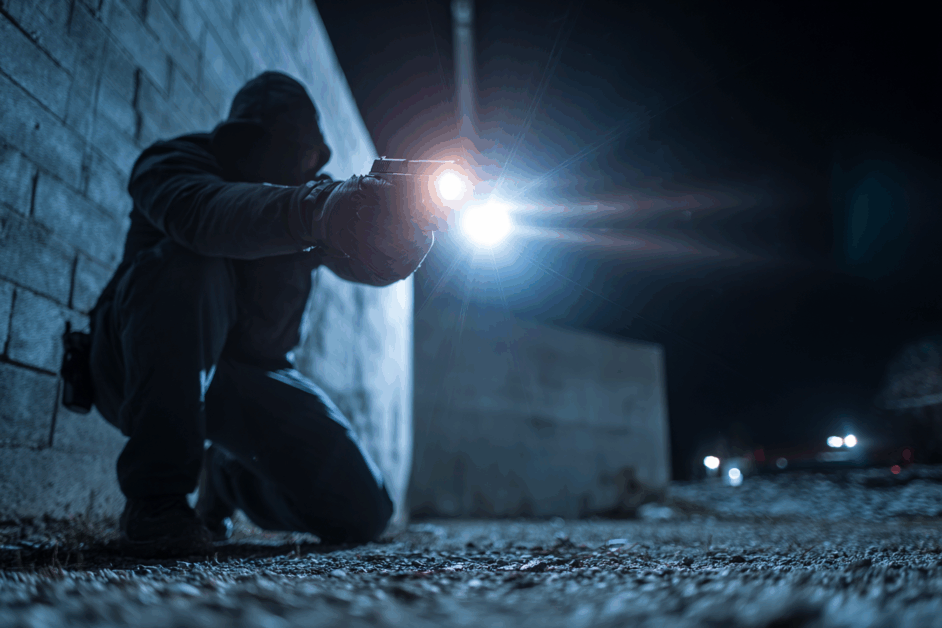
Armed citizens with no training often make tragic mistakes:
- Shooting someone who wasn’t a true threat
- Misjudging distance and bullet penetration
- Freezing in the face of aggression
- Drawing when they should have de-escalated
- Failing to secure their firearm properly
The sad truth is: carrying a firearm without skill can turn a potential defender into a danger, both to themselves and others.
The Real Burden of Carrying
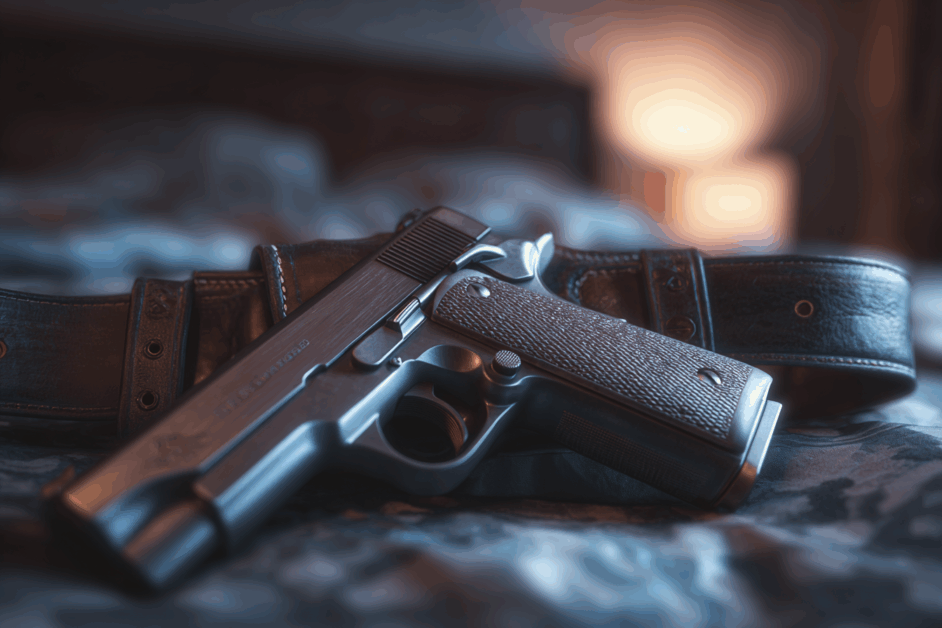
With great power comes great responsibility, and no, that’s not just a movie line. Every time you carry, you accept the burden of potentially taking a life. That decision must come with training, accountability, and a deep understanding of what self-defense really means.
Responsible carriers are:
- Regularly training. Not just shooting, but training
- Studying laws. Local, state, and federal
- Practicing de-escalation and verbal commands
- Understanding when to use force and when to avoid it
What You Can Do Right Now
If this article hit a nerve, good. It means you care. And caring leads to action.
Here’s how to level up immediately:
- Sign up for a defensive handgun course, ideally one with movement, scenario-based drills, and force-on-force training.
- Dry fire regularly, perfect your draw, sight alignment, and trigger control.
- Use a shot timer, build speed and pressure into your drills.
- Train with a holster you actually carry, not a competition rig.
- Take a low-light or home defense class, nighttime gunfights are real.
- Record and critique your practice, honest feedback saves lives.
Being Armed Isn’t Enough
A firearm is not a magic talisman. It won’t protect you just because it’s there. It takes intentional training, mental preparation, and constant practice to be truly ready.
Safety Tip: Never carry a firearm you haven’t trained with regularly under realistic conditions. Your life, and others’, may depend on it.
Read the full article here


